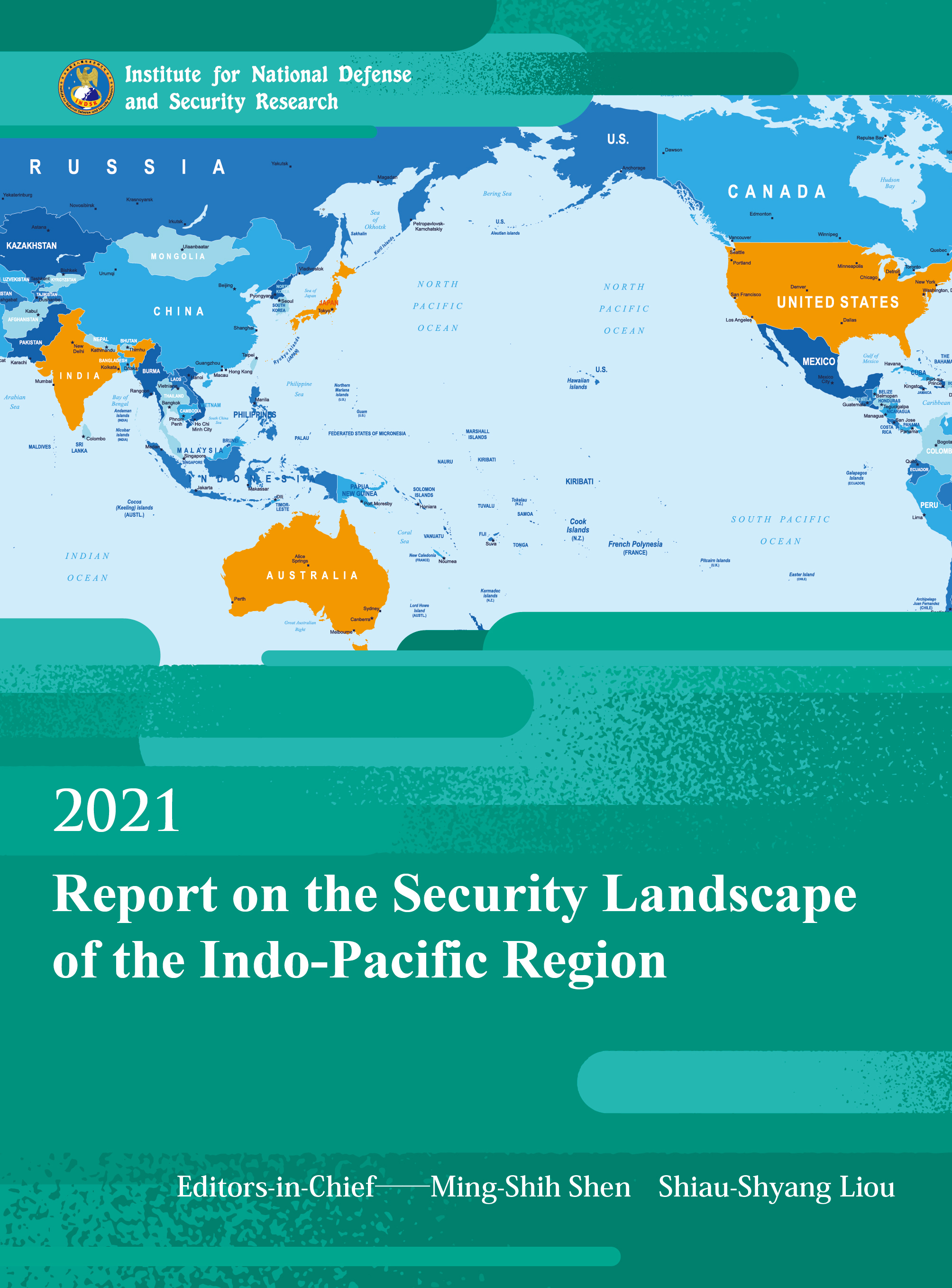Chapter 4 Russia’s Strategy for the Indo-Pacific Region and Its Implications
2022.06.07
Views
553
PDF link:
Introduction
The world situation for Russia in 2021 has its continuity and discontinuity. After Joe Biden took office at the beginning of the year, the New START treaty was extended, and the pressure on Russia in the field of arms control was slightly relieved. However, the pattern of Russia and China uniting against the U.S. remains unchanged and is likely to intensify into an ideological confrontation as Biden frames rivalry between the U.S.,China and Russia as a struggle between democracy and authoritarianism.[1]
Although the U.S. Strategic Framework for the Indo-Pacific, which was declassified before Donald Trump left office, treats Russia as a minor player relative to the United States, China, and India;[2] however, Biden’s Interim National Security Strategic Guidance (INSSG) has identified China and Russia as the primary opponents and declared that the U.S. would work with partners in the Indo-Pacific and Europe to deter them.[3] Therefore, Russia, which straddles Europe and Asia, obviously cannot stay away.
Russia, which wants to play the role of a balancer, does not want to be involved in the U.S.-China confrontation under the U.S. “Indo-Pacific Strategy” but still has to respond to the changes in the process. Moreover, because the Indo-Pacific region is relevant to its return to a superpower, Russia must also lay out in the Indo-Pacific region to protect its strategic interests.
[1] President Joseph R. Biden, Jr., Interim National Security Strategic Guidance, The White House, March 2021, p.6, https://www.whitehouse.gov/wp-content/uploads/2021/03/NSC-lv2.pdf.
[2] “U.S. Strategic Framework for the Indo-Pacific,” The White House, January 6, 2021, https://trumpwhitehouse.archives.gov/wp-content/uploads/2021/01/IPS-Final-Declass.pdf.
[3] Interim National Security Strategic Guidance, pp. 8, 15.


